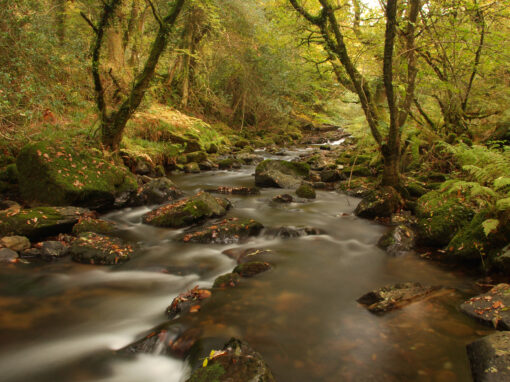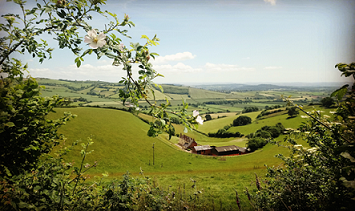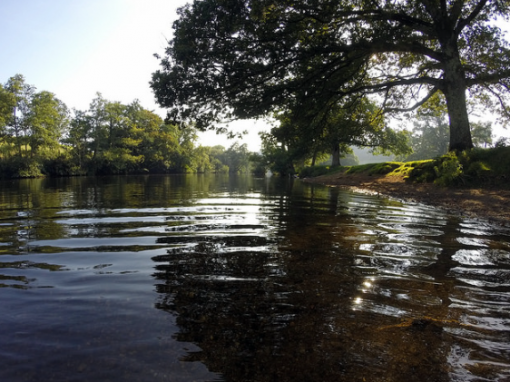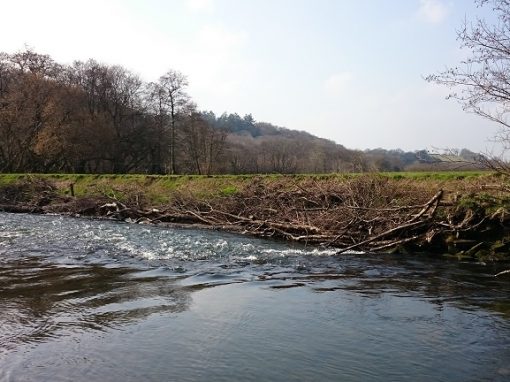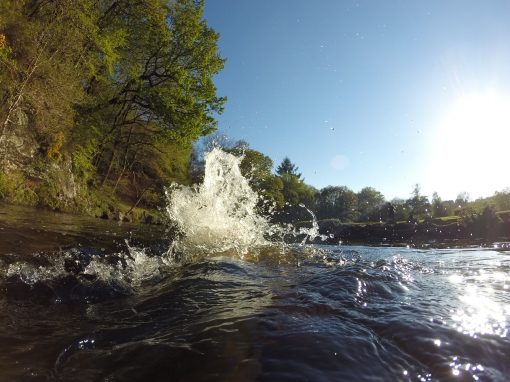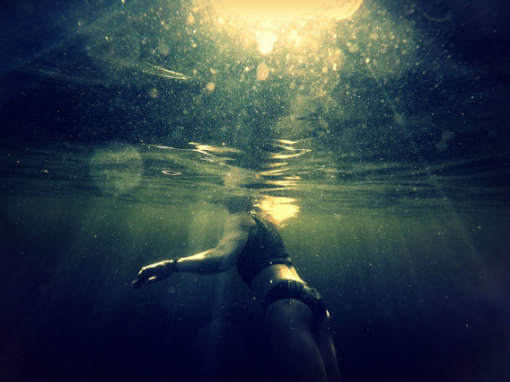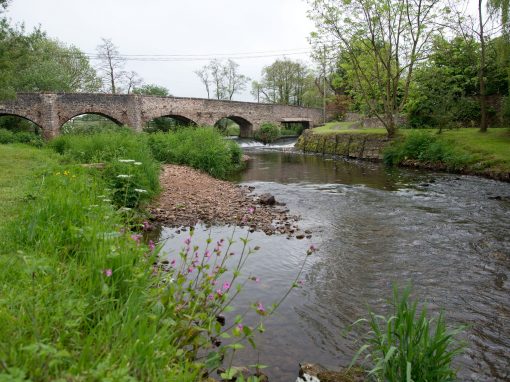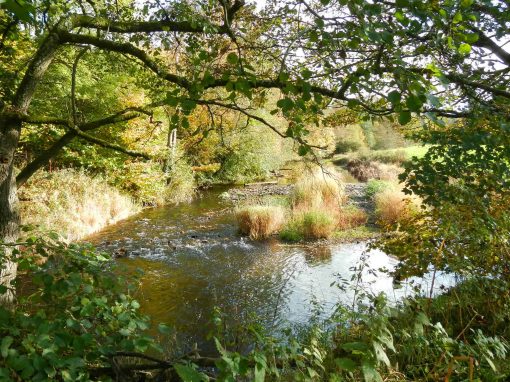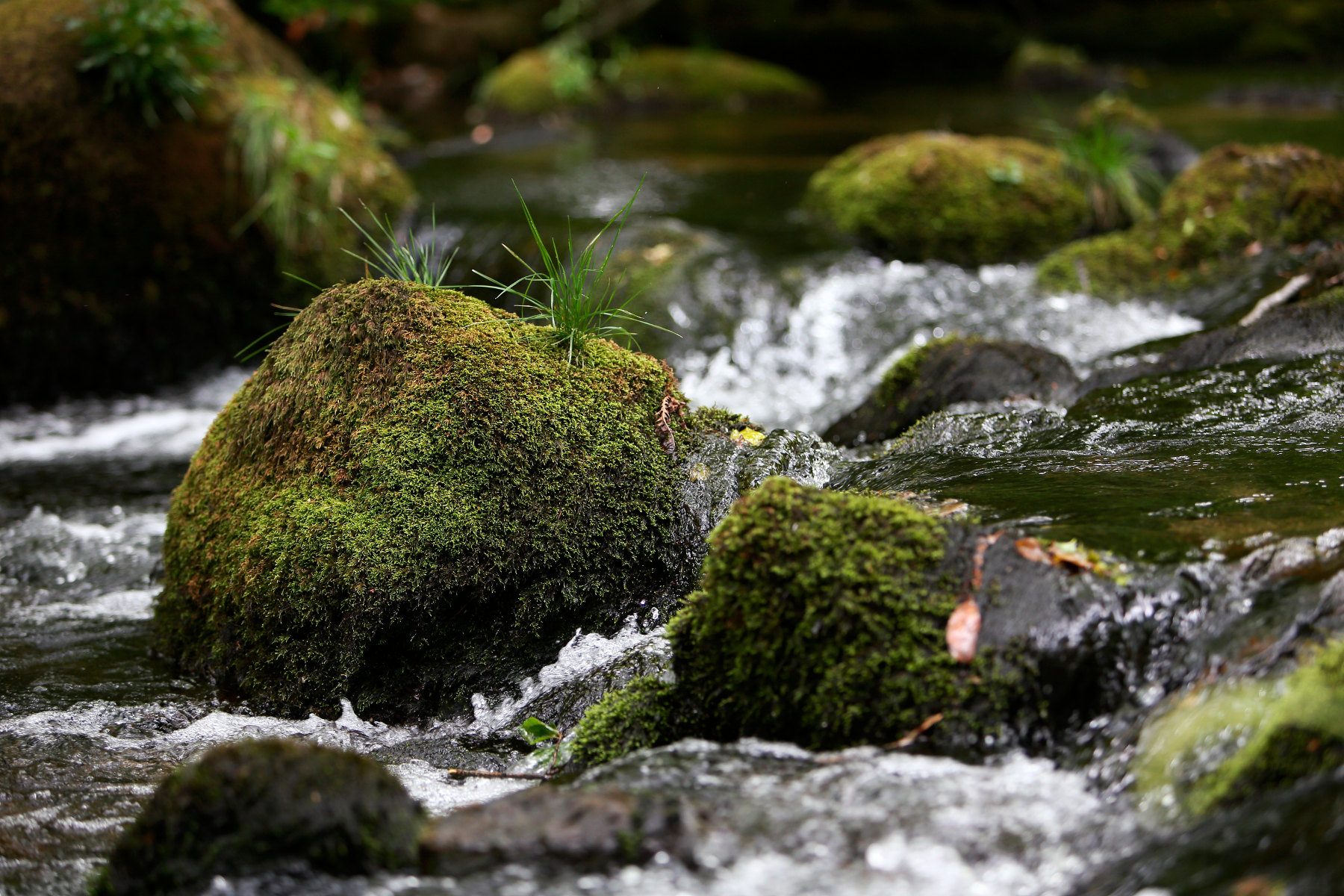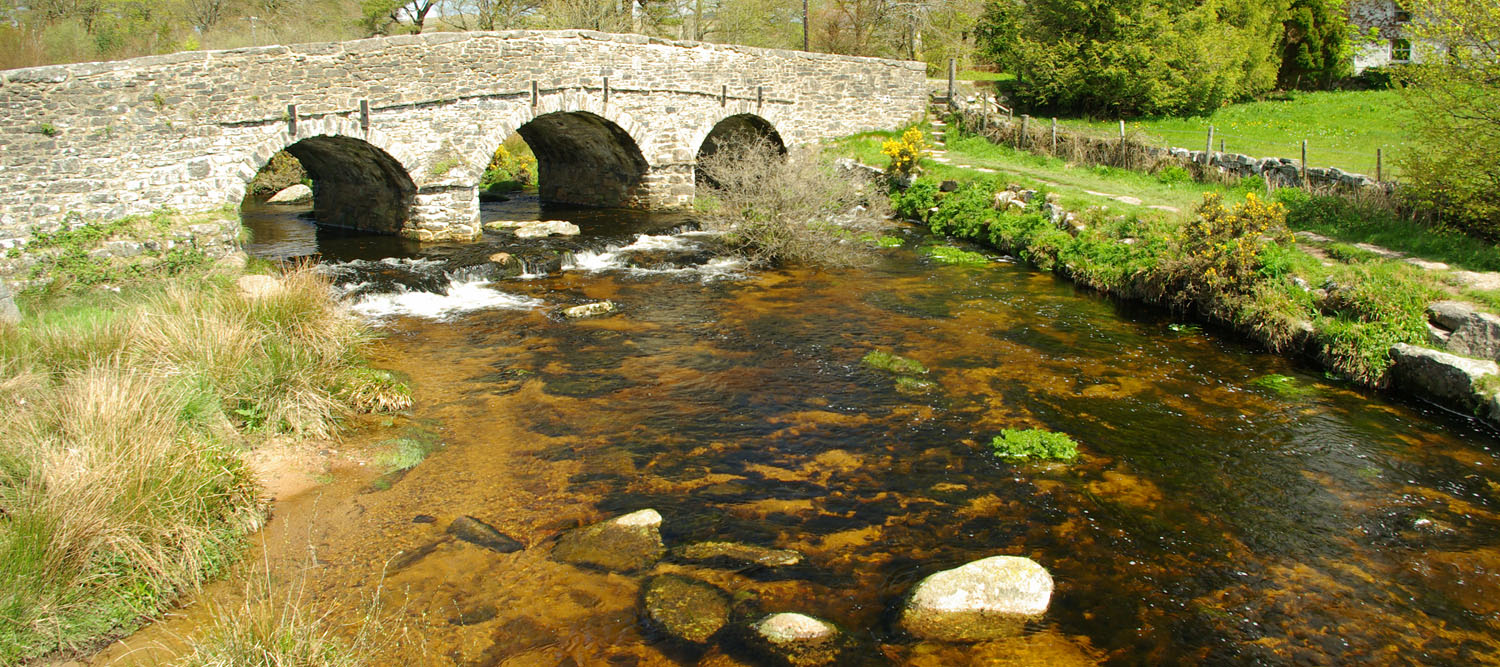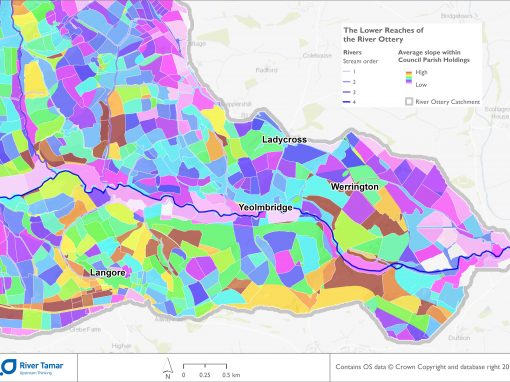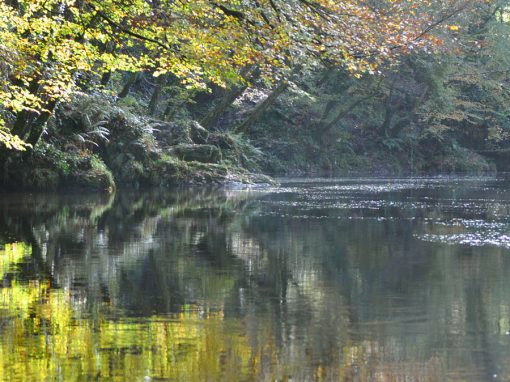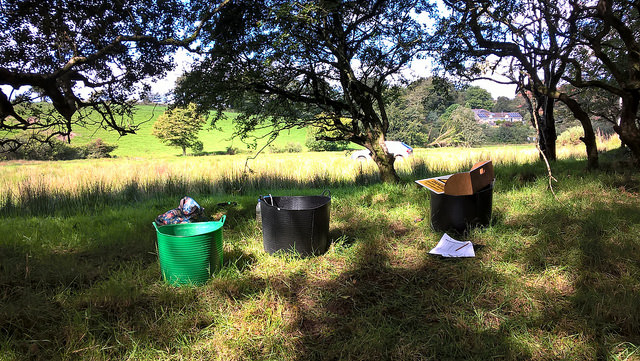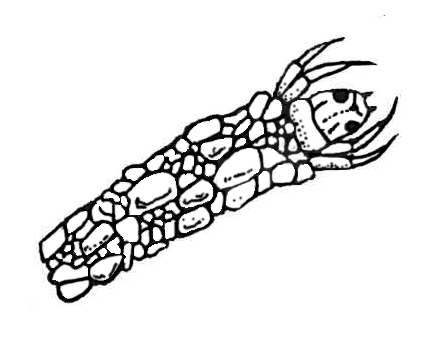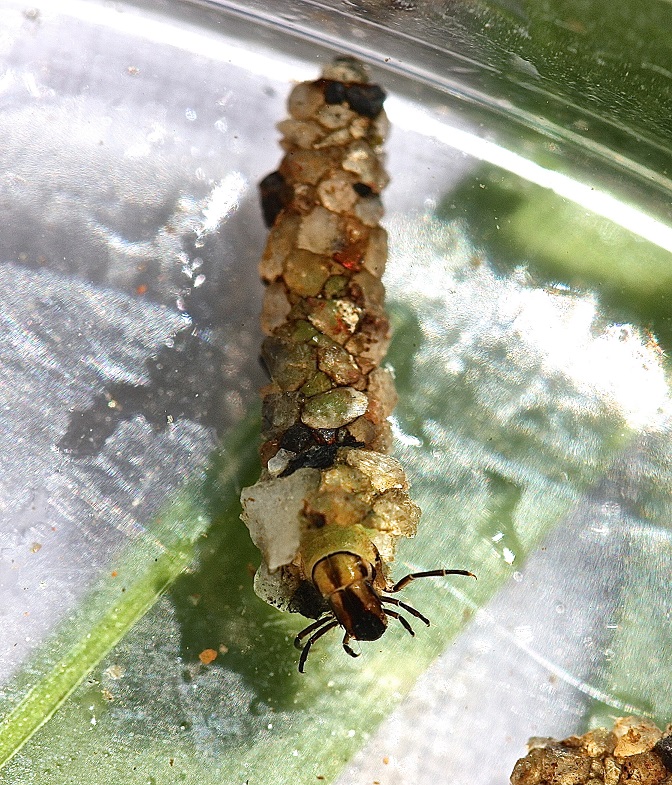Do you have childhood memories of pulling your wellies on, tucking a net under one arm, clutching a jar and magnifying glass with your other and wading out into the river to search for wildlife?
Rivers are a stronghold for wildlife in the Westcountry, supporting thousands of fascinating plants and creatures of all sizes. Of these We have a special fondness for the caddisfly, set apart by their impressive case construction…

Elly Greenway
Evidence and Engagement Officer
Find out more about the work of Westcountry Rivers Trust...
The Best Places to See Caddisflies
This family of insects (which includes around 200 species in the UK) is a common feature of freshwater environments throughout the West Country. As long as the water is safe, we recommend you get your wellies on, paddle out into your local river and see how many caddisfly pupae you can spot.
What to look for…?
In their adult form, caddisflies look like small moths but they are generally only in this form for a couple of weeks so look out instead for their extraordinary cases.
Caddisfly larvae protect themselves by building distinctive cases from material found along the river bed. Sticks, twigs and gravel are bound together into these cases using silk that the caddisfly larvae produce from their salivary glands. Pick up a stone in the river to look out for these cases.
The Best Time to See Caddisflies
The caddisfly can be seen all year round but summer is always a great time to be out paddling in the river, looking for the enormous variety of wildlife to be found below to water’s surface.
A Little Caddisfly Trivia
- At the Westcountry Rivers Trust, we are interested in caddisflies because they give us an idea of how polluted a river is. Caddisflies tend to live in rivers where there are small levels of pollution.
- Caddisfly larvae are clever engineers when it comes to constructing their cases. Both ends are open, with a smaller hole in the narrower end of the case that allows the caddisfly to draw water into the case and over their bodies. The caddisfly remove oxygen from this flow of water before it passes out the wider end, giving them a constant supply of oxygenated water.
- As the caddisfly grows, it adds to the wider material to the wider end of the case. The size of the caddisfly case will give you an idea of which larvae are the oldest.
- Because trout feed off young caddisflies, fly fisherman mimic their shapes when they make artificial flies for their fishing rods.
- And then there’s our favourite nugget of caddisfly trivia…they’ve even worked their way into the fashion industry! Inspired by their case making, jewellery designers are providing these invertebrate species with gems to incorporate into their protective cases. These precious cases are then worked into bracelets, earrings and other wearable treasures.
Other Westcountry River Stories
